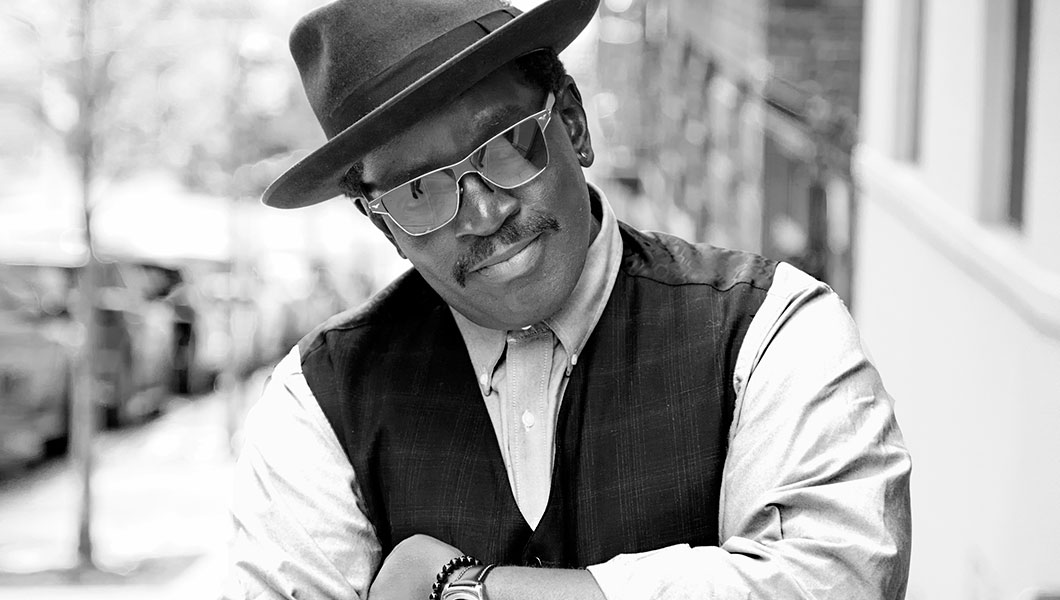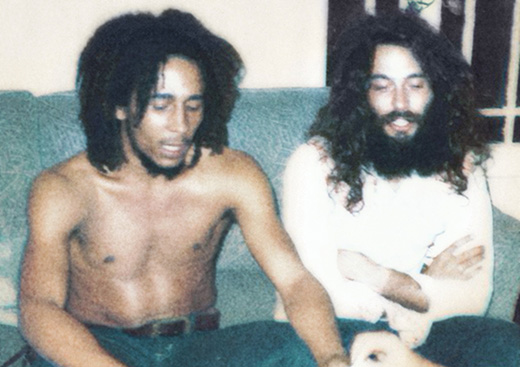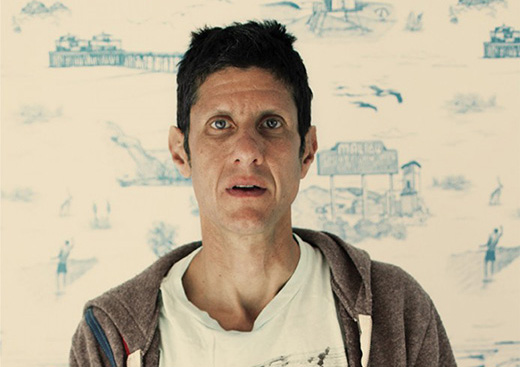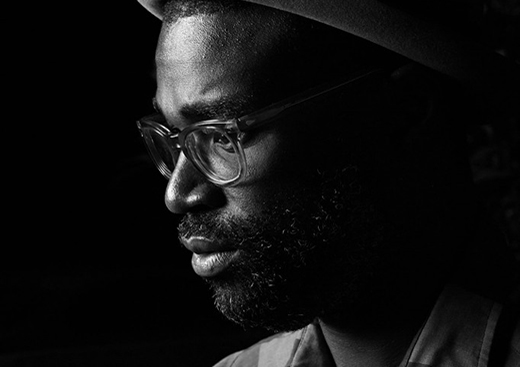Afrika Bambaataa may not be a household name, but he’s the fellow who etched in stone the nine elements of the global language known as hip-hop: graffiti art, breaking, MC rhyming, DJing, beatboxing and all other things “street”—its wisdom, fashion, language and even its own unique articulation of entrepreneurialism. During the late 1970s, the real hip-hop formed as a consciousness, and if Afrika Bambaataa is responsible for bringing the culture to hip-hop, it could be said that the sagacious Fab 5 Freddy is responsible for bringing hip-hop, the most significant cultural movement in modern times, to the mainstream.
Born Fred Brathwaite to politically aware parents in Bed-Stuy, Brooklyn, the pioneering Freddy has always been down to recognize the profusion of communal cues around him. A fan of music early on and a self-proclaimed young collector of jazz-lore photographs by his father’s close friend, musician Jimmy Morton, Freddy became energized by an expanded notion of “conversation” and the types of creative discourse born from talented minds coming together. This respect for artistic exchange would quickly position the eloquent and culturally resourceful Freddy as a major player in hip-hop’s history, given his acuity to connect the late ’70s and early ’80s uptown graffiti and early rap scenes with the downtown art and punk music scenes.
Freddy found himself at the center of it all. He first made his mark as a graffiti writer (earning his name for consistently “bombing” the number 5 train on the IRT as a member of the Brooklyn-based graffiti group the Fabulous 5), until he gave it up in 1980 to pursue a gallery-art career alongside his cosmopolitan cronies who’d come to the same decision, namely Jean-Michel Basquiat, Keith Haring and Kenny Scharf.
He went on to experiment with music and language, leading to his 1982 single “Change the Beat,” the B-side of which, according to the BBC, is the world’s most sampled song to date. Then another link in the F5F chain: the making of the film Wild Style alongside director Charlie Ahearn (also in 1982), born out of Freddy’s desire to educate the naysayers who saw this emergent culture as destructive and irrelevant. The film was and still is regarded as a poignant document of the time and has influenced countless worldwide. All this momentum led to another epic boom when Freddy became the host of a new cable show called Yo! MTV Raps. Between 1988 and 1995, his camera time brought massive recognition to the hip-hop conversation and to a plethora of multi-ethnic artists with dominant voices for social change.
With the scene flourishing in every imaginable direction, Freddy and his contemporaries found themselves live, loud and clear on the cognoscenti’s radar. Freddy’s impact on our contemporary culture is solid gold, solidified in essay after essay. Through Freddy, we’ve witnessed street energies translate into art. He’s an “all city” vehicle who has successfully crossed over all sorts of territories with unrestrained spirit. Nothing’s been off-limits or impossible.
Freddy currently lives in Harlem and is the creative consultant to Manhattan’s new Africa Center, a space that will focus on arts from the continent and diaspora. His dedication to the cultural vanguard has benefited us all, regardless if we’re even aware. He’s spearheaded new genres in music, broadcast, film and art. He’s brilliant, remarkably thoughtful, downright engaging and, as far as people go whose relevance remains completely legit, t-a-g, the man is still it.
Freddy is actively creating and exhibiting art, and you can find news about his work on his website, www.fab5freddy.com.
—





